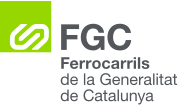INNOVATION PROJECTS
Thanks to the active international role in various institutions and forums, FGC is able to know and incorporate the innovations and trends of the sector in all its areas and different activities to put them at the service of its users.
Along the same lines, FGC participates in the following R & D & I projects formed by multidisciplinary consortia at both European and National level.
Europeans
In progress
SAFETY4RAILS
SAFETY4RAILS project will be focused in the development of management systems and models with the object to increase the security and resilience in front of physical and cybernetical attacks that compromises the stability of the railway services or the security.
The project will analyse different scenarios from the railway operators that are participating in the consortium and it will provide the tools to address these situations in a holistic way with mitigation strategies and efficient responses.
FGC is one of the 8 railway operators participating in the project, two scenarios of complex incidences will be analysed in order to try to minimize the impact and optimize the responses of the different stakeholders and the recovery of the normal service.
Subsidy: European program H2020

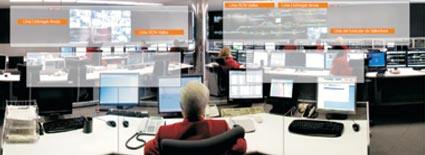

Int5Gent
The main purpose of Int5Gent project is to develop an integral platform to provide different IoT services with 5G technologies to monitor Intelligent Infrastructures.
Developed technology will be tested in two 5G testbeds, one situated in the city of Barcelona and the other one in the city of Athens. The deployments include installations of sensors in real operational environments and operations of the 5G network.
In the case of FGC, three use cases of infrastructure monitorization services will be carried out. The objective is to obtain continuous information of the real status though 5G communications with higher capacity and better performance.
Subsidy: European program H2020

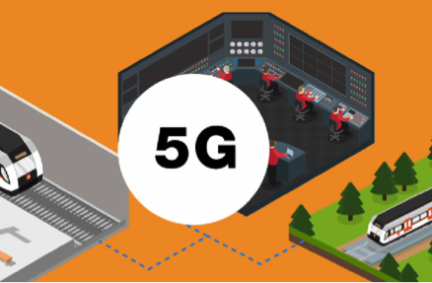
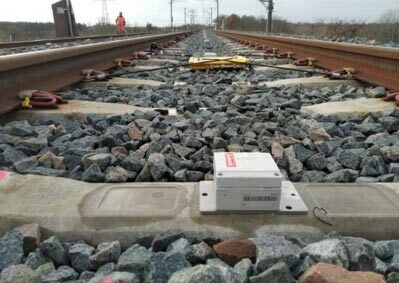
LOCATE
The aim of LOCATE project is to provide methods and tools by which every Entity in Charge of Maintenance (ECM) will be able to implement predictive maintenance of locomotive bogies.
The fonnamental pillars of the new predictive maintenance system will be based in the optimization of operation and maintenance processes in terms of availability, safety and economical efficiency.
The new sensorisation system developed specifically for the locomotive bogies will be tested and validated in rolling stock from Ferrocarrils de la Generalitat de Catalunya.
Subsidy: European program H2020


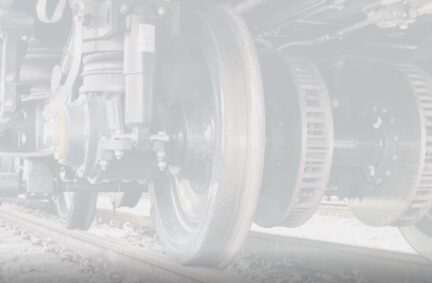
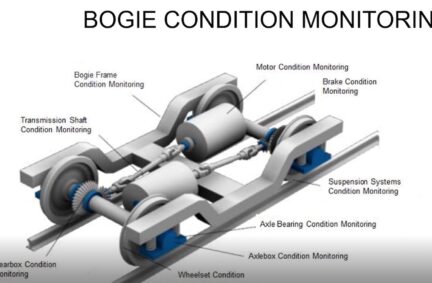
DIAMOND
DIAMOND’s main goal is to turn data into actionable knowledge, in order to progress towards an inclusive and fair women’s inclusion transport system.
This objective will be achieved by the development of a methodology based on the collection of disaggregated data from new sources and its analysis through innovative techniques such as data mining. The methodology will be gathered into a toolbox that will allow us to identify, design and evaluate specific measures for fulfilling the requirements of inclusiveness and fairness of women as users and jobholders of the public transport sector.
To test the tool, different scenarios will be analysed in terms of inclusion and fairness, among them, the job characteristics related to the FGC’s railway workshop where traditionally the vast majority of the workers are men, and the FGC’s stations characteristics.
Subsidy: European program H2020

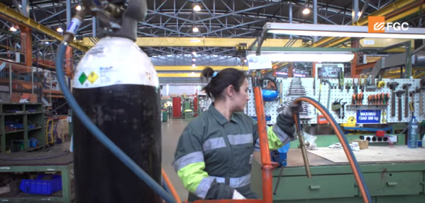
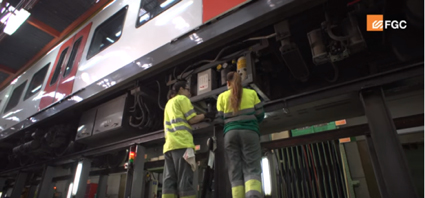
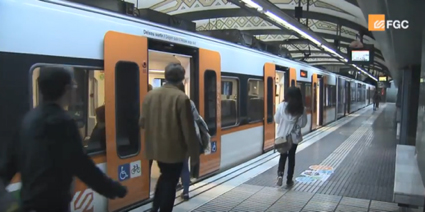
SIA
At European level, railway infrastructure and vehicle maintenance costs are estimated at above €20bn per year and 40% of these expenses are located in four elements: wheelsets, pantograph, catenary and rail defects.
The SIA project, the “System for vehicle-infrastructure Interaction Assets health status monitoring”, has the objective of developing four new modules for maintenance management, which will provide information in real time about assets, make predictions about future conditions and help manage the necessary interventions.
These tools lead to the rationalisation of maintenance processes by acting only when the system needs them. This situation provides an increment of efficiency in both maintenance costs and maintenance operations. Characteristics of these modules are:
– Plug-in SW based on web application to be integrated with existing maintenance information systems, avoiding the need to replace the entire system.
– Real-time information about assets health status and views of prognostic health status with different time frames to make projections of future scenarios (e.g. future maintenance costs, remaining useful life of the rail and estimated necessary investment.)
– Gateway to maintenance workflow managing software, which can trigger maintenance actions, and to traffic management information systems to inform about early-detected failures in components that can trigger speed restriction or line blocking.
Subsidy: European program H2020


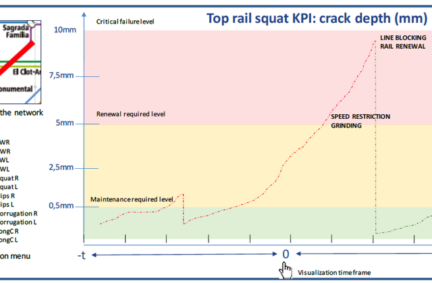
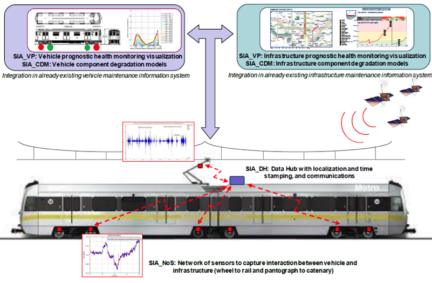
EPIREMED
EPirEMed is a cross-border cooperation project that works for a quantum leap of the touristic integration in Oriental Pyrenees territory including both sides of the border between France and Catalonia.
Through the tight collaboration of the main public and private tourism entities, new cross-border products will be created, and a marketing strategy will be developed for jointly promotion at national and international level.
EPirEMed will select the services, products and experiences to promote in relation to the sustainability, quality and added value that they will bring to the tourist and to the territory, and linking together rural and mountain tourism with sustainable transport options.
Subsidy: European Funds for Regional Development (FEDER)




TRAILS
TRAILS project is focused in foster the increase of freight railway connections between Catalonia and Occitania as well as to contribute to the increasing of freight share in the Mediterranean Corridor.
The final objective of the project is to facilitate the identification of new transnational freight transport routes, by improving the offer of connections and by offering true support to the consolidation of freight transport in multi-client and multi-product services between both territories.
At the same time, work will be done in order to achieve a higher interoperability of the railway infrastructures, as well as to closer the logistics hubs strategies and support multimodality services in Catalonia and Occitania.
Subsidy: European Funds for Regional Development (FEDER)

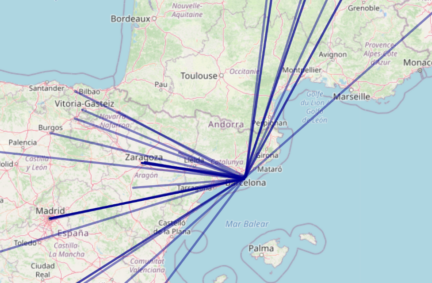
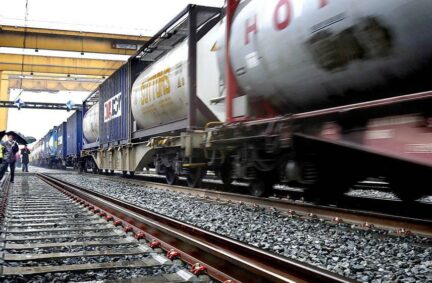
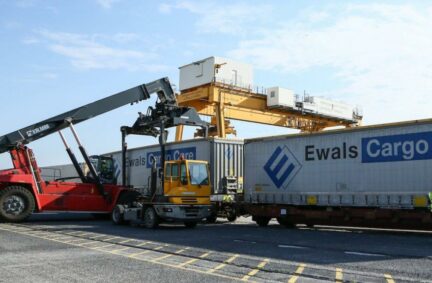
Europeans
Finished
INTERMODEL
The rail within Europe has a much lower market share than road in the freight market. This is partially due to the existing operation rigidity in production, consumption or intermodality centres. This project aims to develop an integrated decision support platform for the design and planning phases of logistic intermodal terminals which will allow a reinvention of the actual transport model. Taking into account that rail freight transport is an increasing activity in FGC, this tool will allow for an optimisation of actual processes and an increment of this activity. The main characteristics of the platform are the following:
– Tool based in BIM methodology adapted to logistic intermodal terminals taking into account design, planning, operation and maintenance phases.
– Advanced simulations of various scenarios in the different terminal options with indicators of: costs, maintenance, energy efficiency, productivity, capacity and environmental impacts.
– Assessment of impacts on the terminal surrounding area and on the existing logistics network regarding functional, economic and environmental dimensions.
– Optimisation of the logistic processes based in the intermodality.
Subsidy: European program H2020

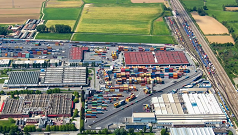
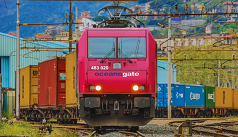


HERMES
Rail freight transportation is a rising activity of FGC, as it is the case of the transport of potash and salt between Súria mines and Barcelona’s Harbour through Llobregat-Anoia rail line due to it shows high efficiency as transport mean in terms of land use, energy consumption and low greenhouse gas emissions. However, rail’s market share of freight transport and its economic efficiency continues nowadays to be limited. With the objective of improving the performance at both operational and maintenance level, this project develops a novel freight wagon which holistically address the aspects that will optimise this activity:
– Enhanced logistic operations
– Higher wagon load capacity
– Optimised loading and unloading processes
– Development of predictive maintenance
– Increase wagons flexibility in order to foster intermodality and allow for a diversification of carried goods.
Subsidy: European program H2020


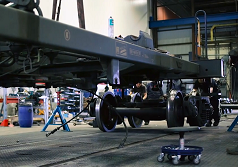
AUGGMED
The implementation of traditional drills in FGC facilities, which are necessary for the training of the agents in charge of respond to any emergency, is nowadays a process with a complex organisation and with high demand of resources. AUGGMED aims to develop a serious game platform to enable single and team based training in multiple situations; thereby improving users skills such as emotional management, analytical thinking, problem solving and proper decision making. This approach would provide in an optimal way the necessary experience to ensure the efficient response to any emergency that threatens the FGC users and workers security. The main characteristics of the platform would be:
– Advanced simulations including: multiple facilities, different agents involved, communications between agents and produced damages.
– Inclusion of tools for trainers enabling: the setting of learning objectives, the definition of scenarios, the monitoring of training sessions, the modification of scenarios, and the provision of feedback in real-time, as well as the evaluation of trainee performance and the setting of training curricula for individual personnel in the post-training session phase.
– Platform offered in affordable way for different devices in: simple virtual reality, immersive virtual reality and immersive mixed reality on-site.
Subsidy: European program H2020


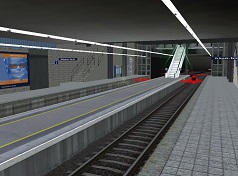
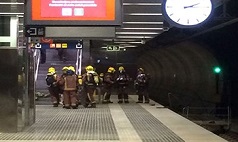
EUTRAVEL
This Project aims to develop an IT platform which will allow us to organise, plan and acquire door to door multimodal travels gathering all the existing European mobility services by eliminating the interoperability barriers between modes of transport. Benefits arisen from the union of all the information, planning and the ticketing services are evaluated in: social terms, allowing for an optimal process with the correct information for the passenger, including those with special needs; environmental terms, optimising the itineraries with sustainable criteria promoting the use of public transport, bikes or walking; and in economic terms, making visible better options of transport for the passenger which would be the case of the FGC rail network. The main platform characteristics are the following:
– Open and readily usable framework with intermodal options which will integrate data and systems covering from planning through booking and the full range of decisions.
– Open infrastructure that allows organisations to set up cost effective integration of existing systems and to create value added multimodal travel services.
– Evaluation of new concepts and solutions of multimodal trips with the quantification of user and society variables.
– Contribution to sustainable development measures with participation of all stakeholders.
Subsidy: European program H2020


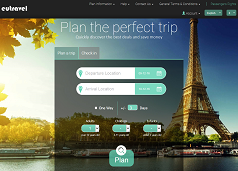

5G-PICTURE
Nowadays there are multiple communications networks in a railway system, which are independents among them and support both critical and non-critical communications of the network.
5G- PICTURE will develop and demonstrate an advanced communications infrastructure based on wireless and optical network solutions with 5G CONNECTION, which will allow to group the multiple current networks in only one, thus optimising the whole Life Cycle Cost of the communications infrastructure, and even improving communication itself.
Key enablers for this paradigm shift are:
– Resource disaggregation, which allows the possibility to decouple components, creating a common “pool of resources”, where they can be independently selected and allocated on demand to compose any infrastructure service.
– Network softwarisation, migrating from the conventional closed networking model to an open reference platform,
– Hardware programmability, where hardware is configured directly by network functions, to provide the required performance.
Subsidy: European program H2020

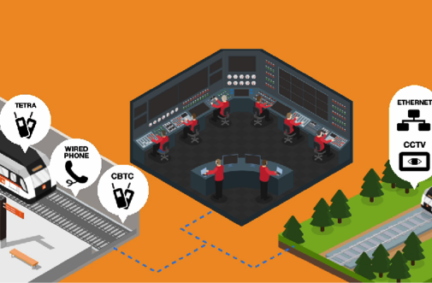

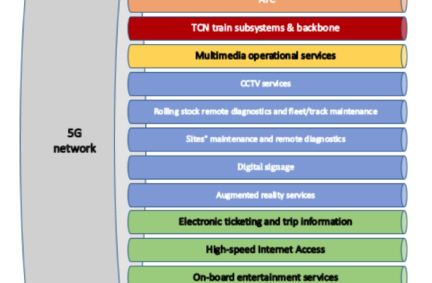
Nationals
In progress
RAILFILLER
The main objective of RAILFILLER project is to develop a system for the recovery of metallic track components that have been damaged during normal use. The main component to be studied during the developments is track rail and the solution will be provided by using LMD (Lase Metal Deposition) technology.
The solution is proposed as an in-situ reparation system that will allow cost reduction of current maintenance carried out in rail metallic components. The solution will also allow to reduce the environmental impact by the reuse of components, which means to contribute to a higher sustainability in processes related to railway transport.
Subsidy: State program RETOS



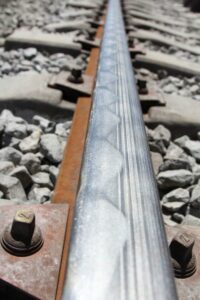
Nationals
Finished
GLUBAA
The aim of the GLUBAA project is to develop new industrial lubricating greases highly safe, biodegradable, self-extinguishable and anti-vibrating with applications in railway facilities.
In a first stage, some compositions for these greases were analysed and developed by the technology centres and manufacturers involved in the project. Subsequently the greases were tested in the laboratory to ensure their properties, applications and their biodegradable properties.
The grease developed to grease the flange of the wheels was installed in a FGC train unit from Barcelona – Vallès line. After analyse the good performance in field and document the correct working of the new grease, with ECO label and competitive against other similar products, the grease has been installed in the whole vehicle fleet.
By using this grease we are taking care of the environment not only due to its biodegradable nature but also due to it is a product supplied from the FGC surroundings with a transport of scarce kilometres.
Subsidy: Catalan program Nuclis de Recerca




BEA
The general objective of the project is to develop technologies that allow for the detection, location and diagnosis, in incipient states of cracks of critical elements of the bogie, such as the axes, as well as the evolution of these cracks, making possible the prediction of the fracture of the component once the presence of a crack is detected.
The proposed technology can be installed in both existing and new bogies. It is estimated that in a first phase the product will receive a better reception to be installed in the bogies that are already in circulation since the probability of failures is greater than in the new bogies newly exited from the factory. In the long term, operators will require manufacturers to incorporate the new product in the bogies as standard.
Subsidy: State program Retos




HERMES II
The HERMES project is proposed as a new information system and management of the railway maintenance that implies a leap forward in the following areas:
– Modularity and scalability: HERMES will have some modules that can be used separately or integrated in a single solution based on Cloud Computing.
– Risk management: In order to establish a vehicle and infrastructure maintenance policy, the decisions risk must be known.
– Economic optimisation of the maintenance process through maintenance logistics modelling and the assessment of their costs.
– Control and monitoring of maintenance tasks through a ticketing system of maintenance and incidents.
Subsidy: State program Retos


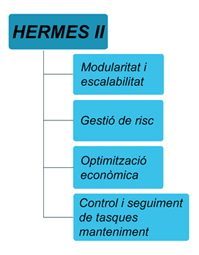
ROBOTRACK
The overall objective of the Robotrack project is the development of a new economic and sustainable ballastless track, especially designed to establish an innovative fully automated installation process using a new robotic system.
From a global perspective, the project proposes innovations in design, materials and processes which allows the product to be much more competitive with respect to the ballastless tracks that currently exist in the market.
Subsidy: State program Retos



OPTICON
The aim of this project is to develop a decision-making support tool for railway and infrastructure operators to optimise the electric consumption of the system. To address this, the objective is to develop a software capable to simulate a complete rail network in terms of energy consumption and able to give response to answers like: Which electricity supply contract suits better?, Which way of driving reduces the consumption while maintaining the quality of service?, What time of return is there when introducing an ATP or a converter change?
In order to answer these questions, the tool must contain an adequate model of each of the elements of the system:
– Model of the power supply network, including all components of the electrical infrastructure such as traction substations, catenary or converters.
– Model of consumption of the traction system, which will include the dynamics of the train as well as the auxiliary consumptions. To do this will require all the characteristics of the vehicle, as well as the path on which it circulates, to be known. Finally the on-board regeneration systems of braking energy will be taken into account.
Subsidy: State program Retos


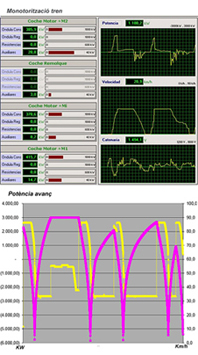
SINATU
The general objective of the SINATU project is to design a new inertial auscultation system to install in a tunnel which will be capable of characterise the structural state of the concrete that forms part of the coating while the vehicle passes through it. The specific objectives to achieve the goal are the following:
– Design of inertial sensors network to place on the concrete lining of the tunnel which will be able to record the vibratory behaviour.
– Design and development of a long-range communication system capable to obtain the information registered by the sensors and to send it automatically and instantaneously to the control centre.
– Design of a management software able to process and analyse the sensors data and to obtain as a result the structural state of the concrete lining of the tunnel detecting, classifying and locating the defects in it.
Subsidy: State program Retos


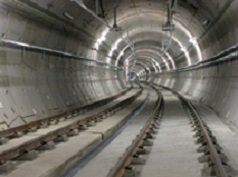
PREDIVIA
The overall objective of the project is to develop technologies able to detect, to predict the evolution and to make a diagnosis of incipient cracks in initial states situated in critical elements of the railway infrastructure such as switch tongue of track diversions. This will make it possible to predict the component fracture once the crack is detected.
The continuous monitoring of such elements will result in a substantial increase in infrastructure security as well as a reduction in costs of operation and maintenance; maximising the availability of the infrastructure, increasing its effective life and minimising the impact of repair operations.
Currently, rail operators or infrastructure maintenance areas, such as FGC, in order to determine whether to perform maintenance on tracks, in addition to visual inspection, track auscultation in which some values of different geometric parameters are recorded and depending on these, the maintenance is programmed. The implementation of this predictive system will thus lead to intelligent maintenance.
Subsidy: State program Retos



